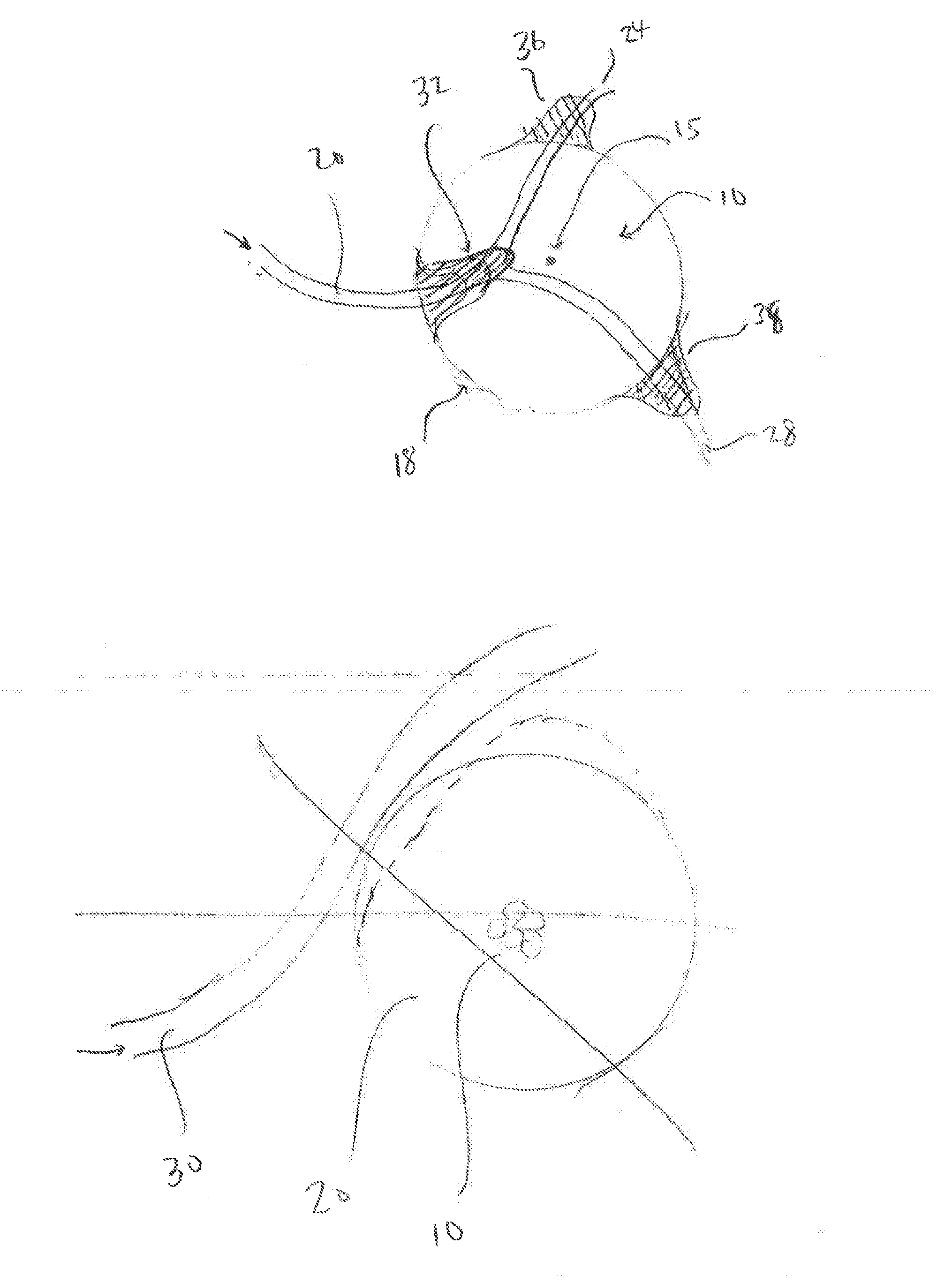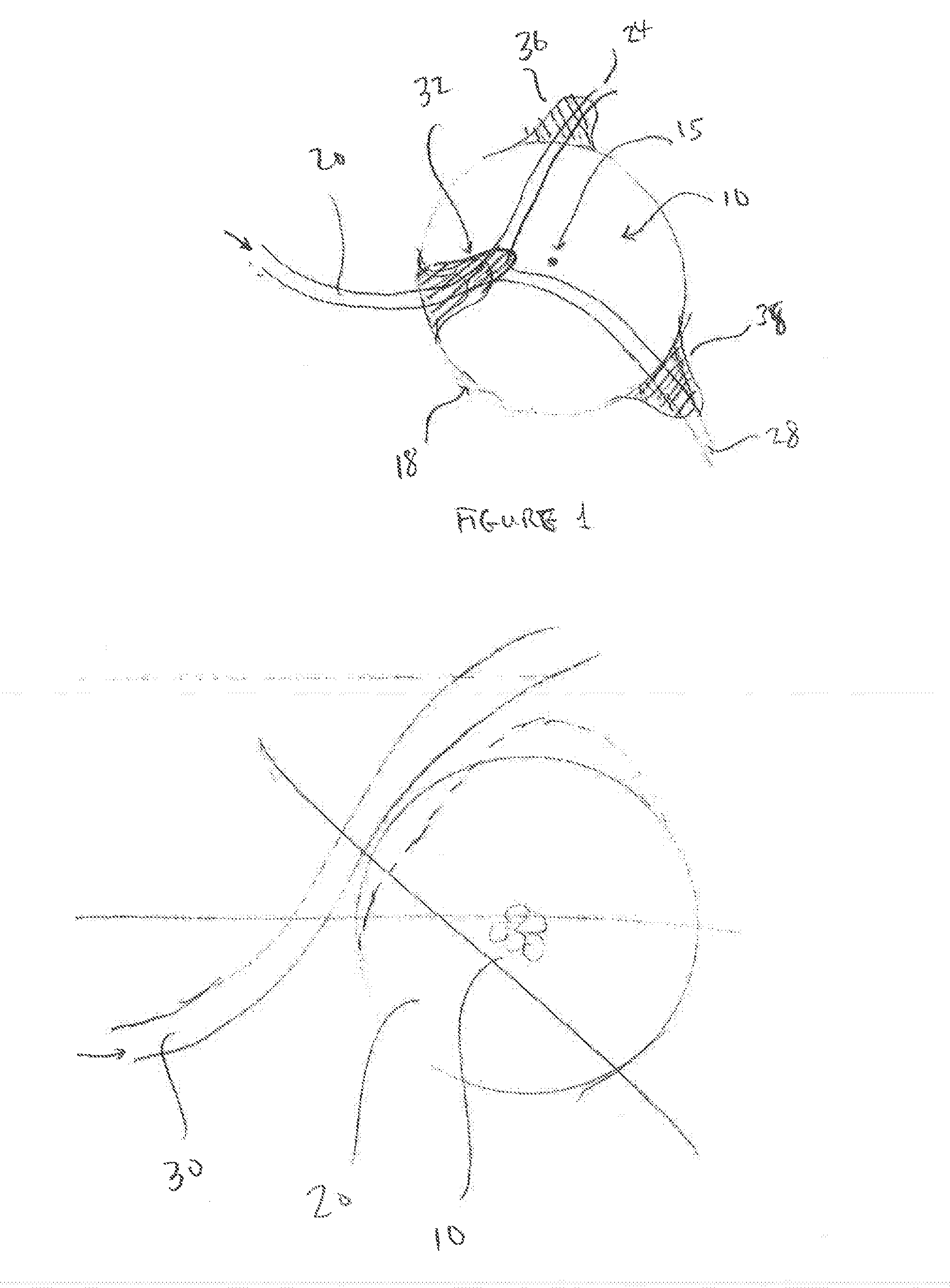Local Embolization Using Thermosensitive Polymers
a thermosensitive polymer and polymer technology, applied in the field of local embolization using thermosensitive polymers, can solve the problems of inability to accurately compensate inability to control the effect of blood flow within the tissue, and undesirable complications, etc., to achieve rapid local cooling, end hemostasis, and accelerate the effect of dissolution ra
- Summary
- Abstract
- Description
- Claims
- Application Information
AI Technical Summary
Benefits of technology
Problems solved by technology
Method used
Image
Examples
Embodiment Construction
[0026]The invention will now be described more fully with reference to the accompanying examples, in which certain preferred embodiments of the invention are shown. This invention may, however, be embodied in many different forms and should not be construed as limited to the embodiments set forth herein; rather, these embodiments are provided so that this disclosure will be thorough and complete, and will fully convey the scope of the invention to those skilled in the art.
[0027]Surgically removing only the morbid part of an internal organ, such as a kidney, or only a selected portion of hyperplastic tissue, as in benign prostate hyperplasia, can be beneficial for the patient in that at least part of the functionality of the organ can often be spared. However, many of the organs that might benefit the patient if only part of the organ is removed are soft, and / or prone to bleed extensively, and / or have differing compartments, whose contents should not be allowed to mix (e.g., the kidn...
PUM
| Property | Measurement | Unit |
|---|---|---|
| gel temperature Tg | aaaaa | aaaaa |
| gel temperature Tg | aaaaa | aaaaa |
| temperature | aaaaa | aaaaa |
Abstract
Description
Claims
Application Information
 Login to View More
Login to View More - R&D
- Intellectual Property
- Life Sciences
- Materials
- Tech Scout
- Unparalleled Data Quality
- Higher Quality Content
- 60% Fewer Hallucinations
Browse by: Latest US Patents, China's latest patents, Technical Efficacy Thesaurus, Application Domain, Technology Topic, Popular Technical Reports.
© 2025 PatSnap. All rights reserved.Legal|Privacy policy|Modern Slavery Act Transparency Statement|Sitemap|About US| Contact US: help@patsnap.com


